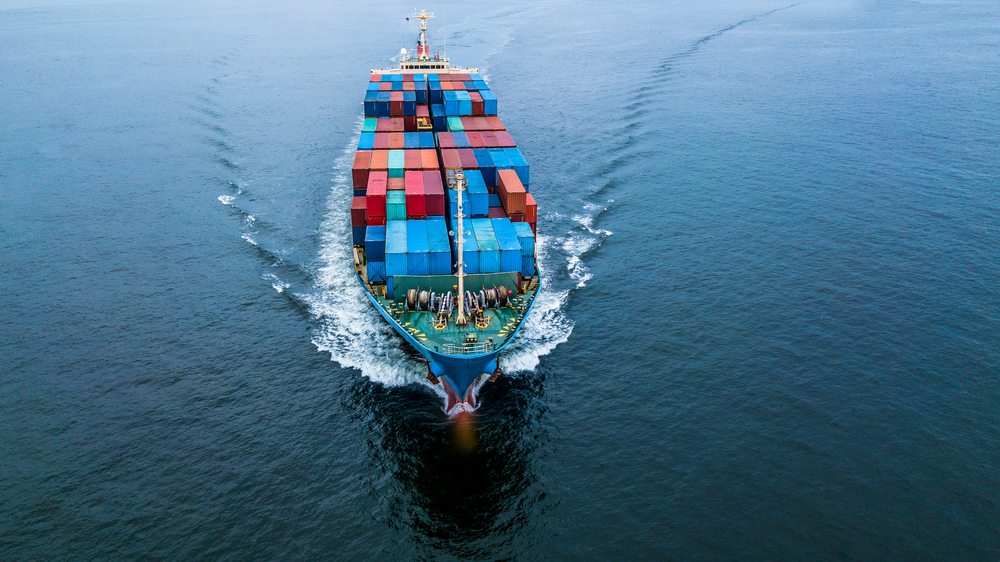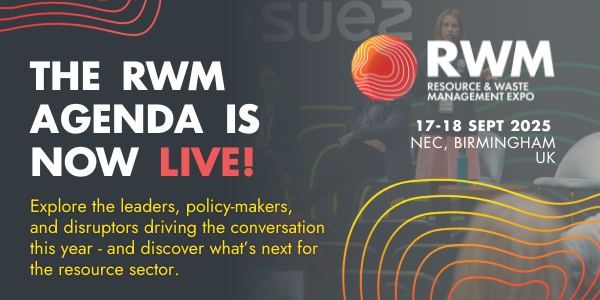Have you ever heard of biogenic carbon? With growing pressure to achieve the UK’s pledge to be carbon neutral by 2050, organisations really need to understand much more about carbon if they are to reduce emissions and costs without delay.

Biogenic carbon has emerged as a key component in our efforts to achieve more with less – but what is it? And how can it help energy-intensive businesses reduce their environmental impact?
What is biogenic carbon?
Emissions are one of the biggest drivers of climate change. But while CO2 is rightfully cited as one of the leading causes of the current crisis, it’s important to remember that not all carbon emissions have the same impact on the environment. In fact, scientists divide carbon emissions into two key types: biogenic and non-biogenic. So, what’s the difference?
Simply put the generation, storage and recycling of carbon is part of our planet’s natural order. Some carbon has been locked in for a long time – such as that contained within oil, whilst other carbon has been generated in the very near-term, such as that derived through composting waste. This can therefore be considered long-term and short-term carbon.
Biogenic carbon – is carbon that has been generated recently and is stored within organic matter such as algae, grass and crops. Under the Emissions Trading Scheme (ETS), biogenic carbon, does not incur a financial penalty and is not counted as contributing to carbon emissions.
In contrast, non-biogenic carbon exists at the other end of the spectrum. It is not part of the short-term lifecycle of carbon and is instead most found in fossil fuels like coal, oil and gas which have accrued high carbon contents after thousands of years of environmental pressure. These resources are unsustainable from an environmental perspective because the emissions that are released when consumed cannot be quickly reabsorbed. It is these emissions that the world must reduce with urgency.
How do we create more of it?
The UK alone generates 44 million tonnes of industrial and commercial (I&C) waste every year – a large proportion of which can’t be recycled due to the presence of organic matter and so it’s sent to landfill or incineration. Whether it’s decomposing in the ground or being burned to create energy, it emits harmful CO2.
But when this unrecyclable waste is turned into a high-quality Solid Recovered Fuel (SRF), its proportion of biogenic carbon is increased. When there’s a great proportion of biogenic carbon in play it not only lowers the proportion of harmful CO2 that’s emitted when used, but also reduces the cost of disposal. This is because biogenic carbon doesn’t fall under existing emissions taxes and Emissions Trading Schemes (ETS).
This is especially good news for energy intensive industries such as cement manufacturing where the value of adding this type of SRF into their fuel mix is significant. It stands to lower their energy costs to the tune of hundreds of thousands of pounds and deliver the seismic carbon reductions the world so urgently requires.
A timely solution
Set against this backdrop, growth in the SRF market will only continue. With businesses under increasing pressure to address their environmental impact without delay, technology that unlocks the potential of biogenic carbon and makes it possible for businesses of all sizes to access SRF offtake, will be key.
For waste producers and handlers striving to make positive change quickly, it is time to recognise that unrecyclable waste and biogenic carbon has the power to do good!
AUTHOR
Dr Stephen Wise is chief strategic development officer at Advetec. He has spent his career within the waste, resources, renewables and environment sectors, obtaining a 1st Class degree in Environment Management, before then successfully completing his Engineering Doctorate at Cranfield University. Dr Wise has helped to deliver £500m of waste treatment and renewable energy infrastructure; also working with Government to help shape policy.







Subscribe for free